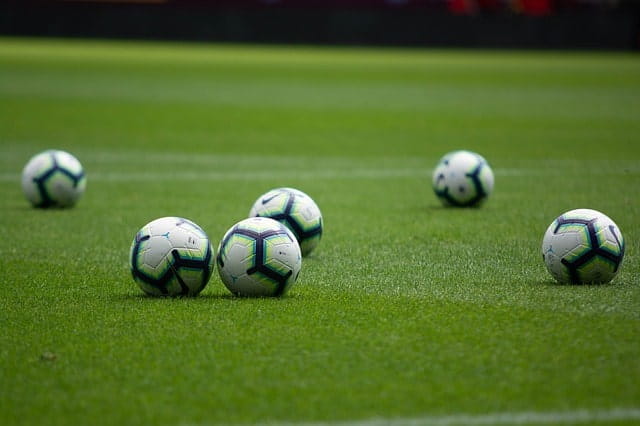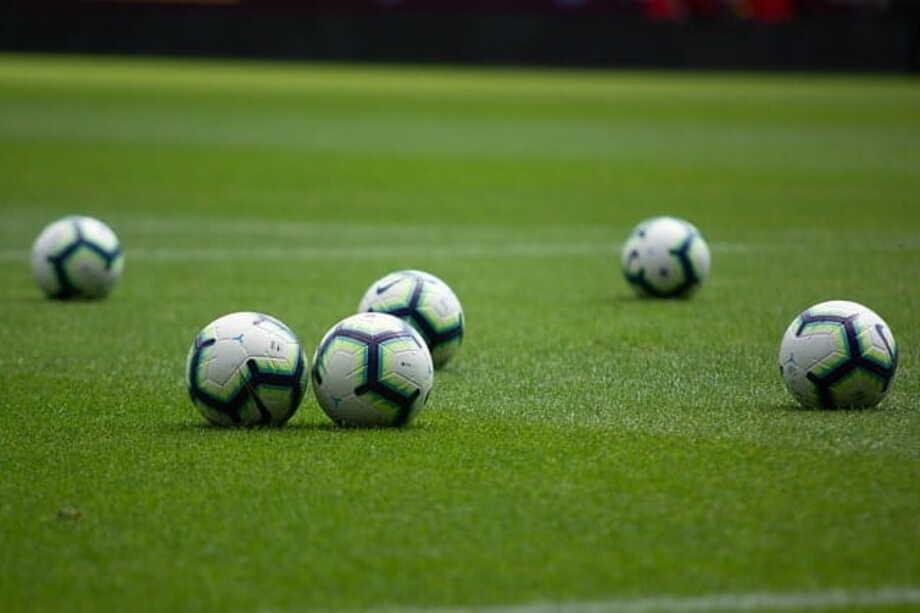Introduction: Field Football Rules
The Football is one of the most played sports in the world, and can be played on the fields, and in the streets, by men and women. But do you know all the Field Football (Soccer) Rules or only the ones shown on TV at game time?
If you don’t know and are interested in knowing, keep reading this article. In it we will show you all the rules of Football. Check it out and enjoy your reading!
The Rules of Football
Match Duration
Each match lasts 90 minutes and is divided into two halves, each lasting 45 minutes.
Refereeing in Football
The game is supervised by a referee on the field, two assistants, known as flagmen, and the fourth referee who can act if the others are unable to do so.
In 2018, with the World Cup, other referees were added to the game, known as video referees.
They stay off the field and are requested when there is a difficult or controversial play, to help the main referee make a decision.
The use of hands in Football
Intentional use of the hands is prohibited during the match. Feet, legs, torso and head may be used.
Football Offside Rule
The offside rule was created with the aim of preventing players from one team from staying only in the other team’s penalty area, also known as “staying in the bathtub”.
The rule prevents or invalidates a goal when there are not at least two players of the defending team (counting the goalkeeper) between the most advanced attacker and the opposing back line.
The use of Prolongation in Football
To break the tie, there can be two 15-minute overtimes at the end of normal time or penalty shootouts. This only happens in decisive matches, where a winner is required.
Fouls in Football
Physical contact or the use of body imposition is allowed in football, but there are limits to this in the rules. The defender must always have the intention of fetching the ball and, even if he has the intention of catching the ball, he cannot use disproportionate force.
Cards in Football
When the player commits a serious or disloyal foul, he receives either a yellow or a red card.
Receiving two yellow cards or a red card in the same match gets the player sent off.
Football Penalty
A penalty kick can be awarded when a player commits a physical foul on the opposing team’s player inside their own penalty area. The penalty kick is taken from the penalty mark, which is inside the penalty area or penalty box.
The Winner of a Football Match
A Football match is won by the team that scores the most goals during the match.
Other Field Football Rules

What is a corner kick and what is a goal kick?
The corner is taken when the ball goes out of bounds and the last player to touch the ball is a player from the defending team (including the goalkeeper).
The goal kick, on the other hand, is when the ball goes out of the back line and the last player to touch the ball is from the team that was attacking.
The Football Ball
The ball had to have a circumference of 68 to 70 centimeters and weigh from 410 to 450 grams at the start of the game.
Players are forbidden to use their hands, with the exception of the goalkeeper, within the confines of the field or court.
The Football Field
The field must be rectangular and a minimum of 90 meters long and 45 meters wide. The maximum measurements allowed are 120 meters long and 90 meters wide.
See also >> The Complete Football Field
The Number of Players in Football
Both teams must have eleven players on the field, ten of whom will be on the line and one of whom will be the goalkeeper.
If either team has fewer than 7 players, the match is not started. Likewise, if either team has more than 3 players sent off, the match is terminated.
The Football Equipment
Players may not use objects that can hurt the opposing team or themselves.
Shirt, shorts, boots, and shin guards must be worn by the players.
Also, this set of equipment must be different between one team and another so that they can be identified in the field.
FIFA currently allows the use of electronic equipment in order to increase the players’ physical safety (physical performance meters) and also to assist the coaches in tactical decisions.
Ball in play or out of play in Football
These are the cases where the ball is no longer in play:
-
When it completely crosses the sideline
-
When it crosses the finish line completely
-
When the match is stopped by the referee
The cases where the ball is in play are these:
-
When it hits the goalposts, but remains on the playing field
-
When he hits the referee or the assistants and does not leave the field
The Goal in Football
A goal is scored in Football when the ball crosses the goal line completely under the crossbar.
More Football Content:
- 16 Curiosities of The 1950 World Cup
- 1938 World Cup: Complete Guide
- 1934 World Cup: The Second World Cup
- The First World Cup: 1930
